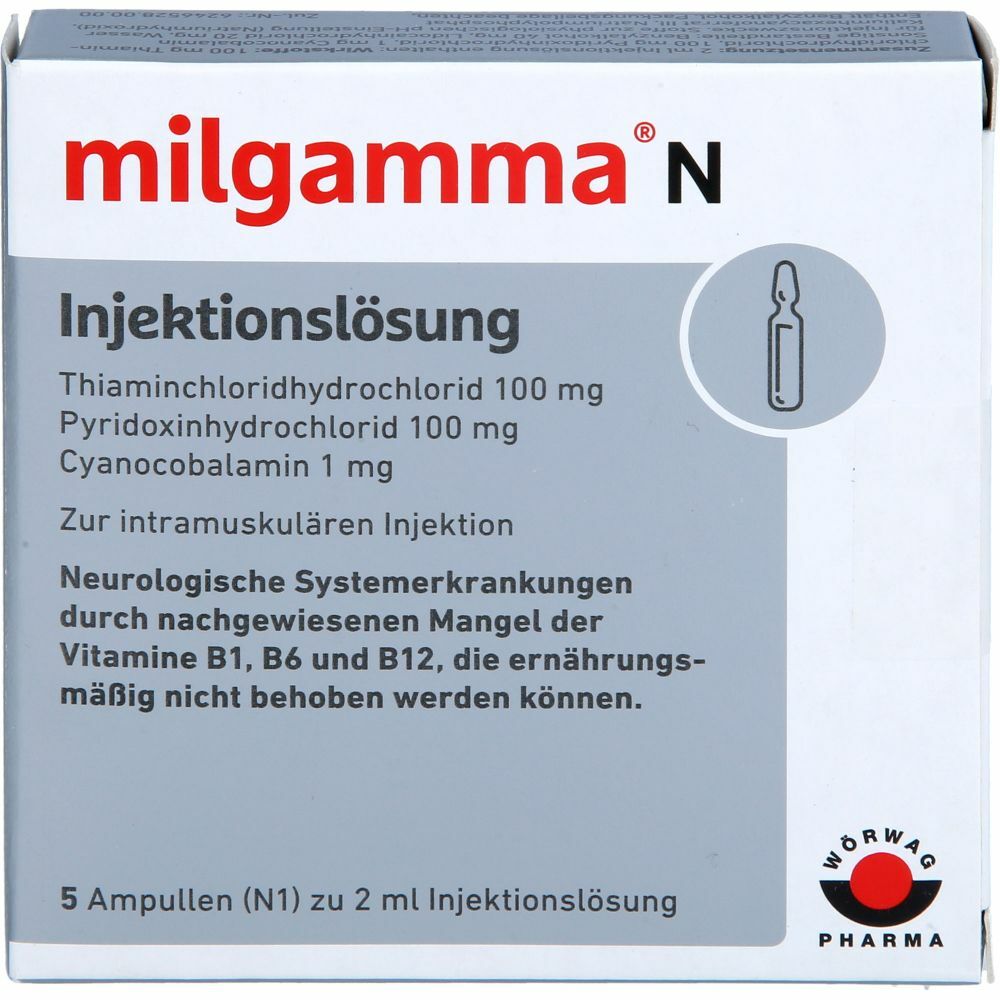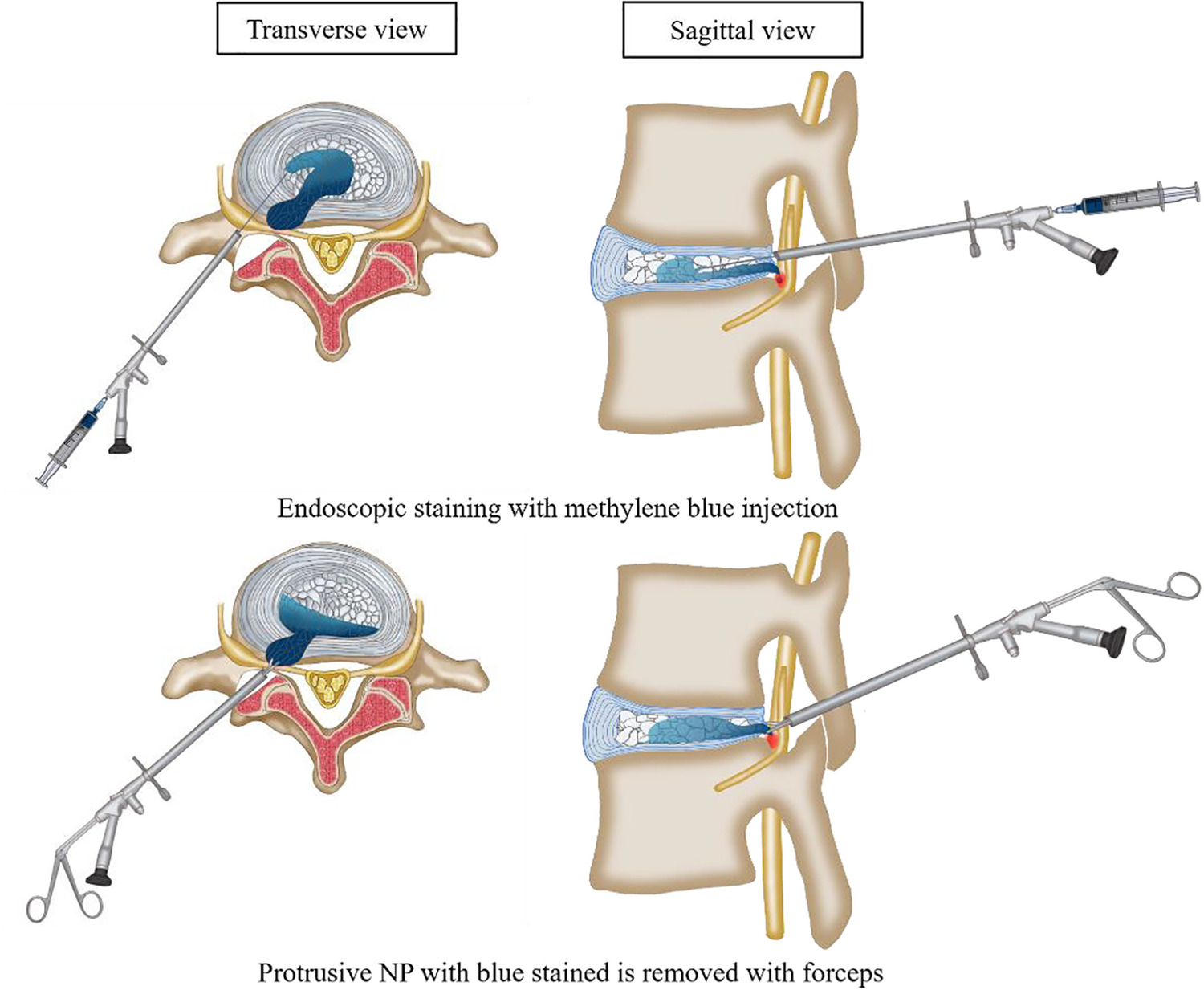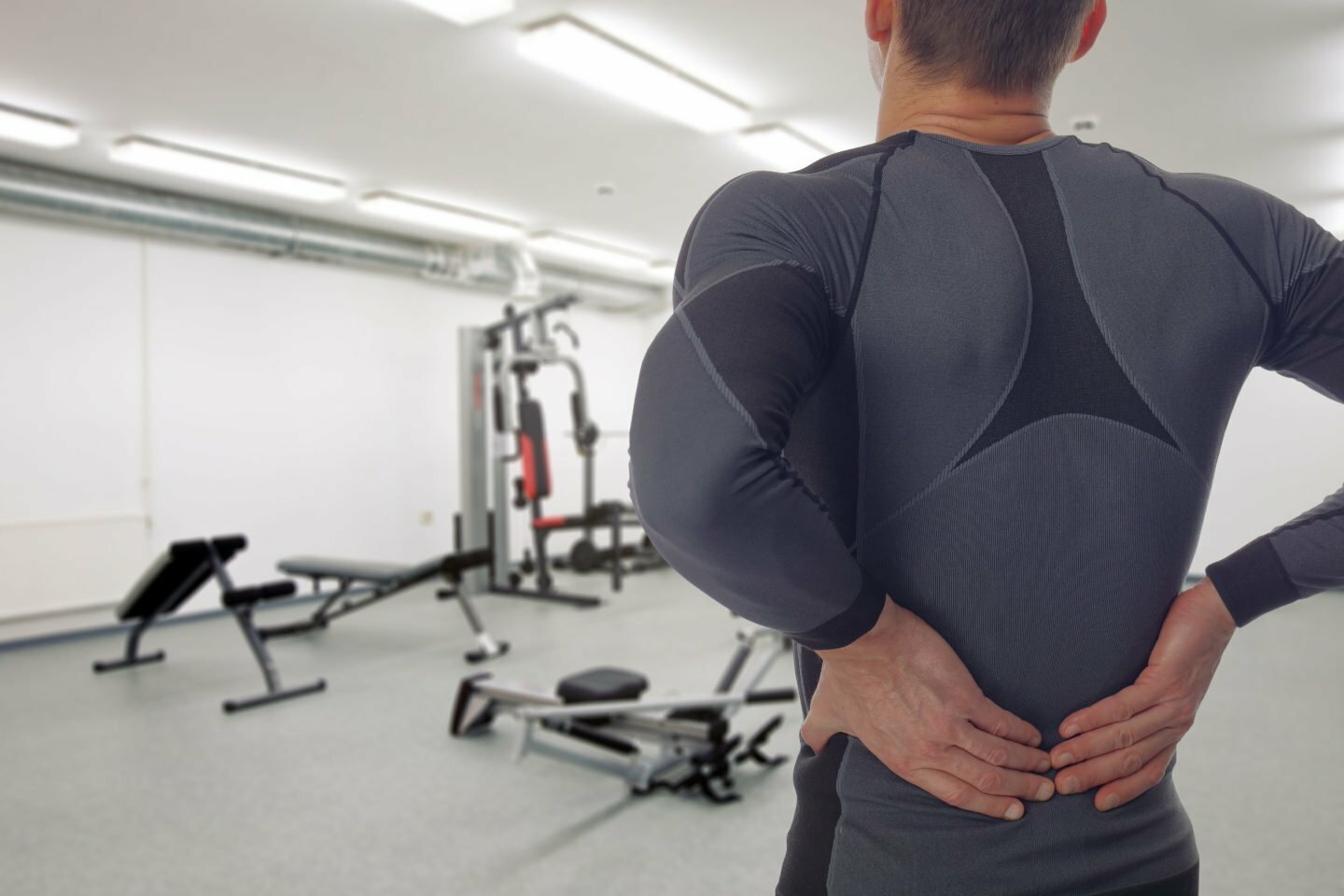My universal respects!
Today we'll talk about such a widespread problem as back pain. Since I'm writing for athletes, the main cause of back pain among athletes is compression of intervertebral hernias and/or protrusions. Compression can occur in different sections of the spinal column, but still the most common causes of pain syndrome are incorrect technique in various types of deadlifts, when compression occurs in the lumbar region. The difference between a hernia and protrusion is that with a hernia there's a rupture of the fibrous ring, while with protrusion there's simply its bulging. An MRI will help determine exactly what you have and at what stage.
What's noteworthy is that such an injury, although localized in the lumbar region, sometimes may not bother you at all at the site of compression. By nature, the pain can be characterized as "sharp, acute." It can restrict movement. Depending on the severity of the compression, the pain spreads along the sciatic nerve for various lengths.

Three stages of compression severity can be conditionally identified:
- Pain in the lumbar region;
- Pain radiating to the buttock;
- Pain passing through the buttock and radiating to the biceps femoris.
What you shouldn't do
You shouldn't do all the things that everyone for some reason loves to do. With compression, you shouldn't start "stretching yourself on a pull-up bar" and try to twist in all possible directions, hoping to "put the disc" back. This never leads to anything good whatsoever. With a high degree of probability, the compression will become even stronger. This happens because the area of protrusion gets compressed from both sides, begins to inflame, and consequently increases in size, so any attempts to start "squeezing" it will only lead to worsening of the condition.
Another common mistake is visiting all sorts of charlatans, like faithful followers of inquisition ideas—manual therapists. The main problem here lies in the moment of choice, since there are simply uncle-manual therapists who finished massage courses and start telling nonsense about "disc insertion" and "tight muscles that need to be worked out with massages," and there are doctor-manual therapists who honestly graduated from medical university, are actual doctors and can possess therapeutic massage techniques. You can only go to the first category of citizens if you're absolutely healthy, and only if you want to order a regular relaxing massage. They shouldn't be allowed to perform any therapeutic massages—this is completely outside their competence. Unprofessional massage from an uncle with courses leads to even stronger compression of intervertebral hernia/protrusion in 100% of cases.
What needs to be done to relieve pain syndrome
First and foremost, completely limit movements to a comfortable range. This means you shouldn't do something through pain. Yes, the range of motion may be limited, sometimes even to complete log-like lying, but you need to understand that for pain to go away, inflammation must be relieved, and nothing will relieve it if you constantly provoke new inflammation. You'll likely need to rely on support from loved ones, as even tying shoelaces can become a problem.
Now, when we're no longer trying to "insert discs" by writhing like "a snake in a frying pan," we can begin symptomatic treatment.
Our task is to relieve inflammation from nerve tissue. One of the main drugs is an injectable mixture of B vitamins. The fact is that horse doses of these vitamins can specifically relieve inflammation from nerve tissue, which is why they're very common in neurological practice. A good drug of choice is Milgamma, or its analogs. Milgamma comes in injectable and tablet forms, but we're only interested in the injectable form, since the bioavailability and reactivity of the tablet form leaves much to be desired.
Two other important drugs are Diclofenac and Nimesulide, known to many. A gel based on Diclofenac or Nimesulide will suit in principle any, for example Voltaren and Nise. But regarding tablet or other forms, except injectable ones, there are nuances here. If Nimesulide is effective in principle in any form, then Diclofenac has good penetrating ability only in the form of Diclofenac potassium—it's precisely this form that's also indicated for rheumatoid arthritis. A good option in this case can be called the drug Catafast, distributed in the form of sachets.
 These drugs will be sufficient for effective pain syndrome relief. Below I'll provide an approximate treatment regimen:
These drugs will be sufficient for effective pain syndrome relief. Below I'll provide an approximate treatment regimen:
- 1 ampoule of Milgamma once a day before bedtime for 5-7 days;
- Apply gel based on Diclofenac or Nimesulide to the lumbar area (can alternate) 3-4 times a day;
- Drink 2-3 sachets of Catafast per day (with severe pain also additionally 1 tablet of Nise, or Nimesil also in sachet form). Not recommended to take drugs on an empty stomach. Do not use for more than a week straight.
Typically, when following all recommendations, pain that could torment for months can go away in just a few days. However, you shouldn't think that you're completely safe, since with any incorrect, sharp load on the back, everything can repeat. We'll talk about how to eliminate the problem at the root further on.
How to completely eliminate this problem?
I want to say right away that no corsets and massage sessions, helpfully imposed by the local orthopedist at the clinic, will be able to make you forget about the problem forever. Time and again it will return and time and again you'll have to repeat the symptomatic treatment described above. But there is a way out of the situation.
First method - radical
 You should understand that if an MRI has established that you specifically have a hernia, then while it's possible to "set it back" (the method will be described below), you forever remain at high risk, since the fibrous ring is torn and its integrity can only be restored through surgical operation for intervertebral hernia excision. On one hand, this can become real salvation, on the other, knowing the clumsiness of many "specialists," it can simply disable you. Therefore, you need to decide carefully, weighing all pros and cons. There are cases when the hernia is so large that this is essentially the only chance for a normal life.
You should understand that if an MRI has established that you specifically have a hernia, then while it's possible to "set it back" (the method will be described below), you forever remain at high risk, since the fibrous ring is torn and its integrity can only be restored through surgical operation for intervertebral hernia excision. On one hand, this can become real salvation, on the other, knowing the clumsiness of many "specialists," it can simply disable you. Therefore, you need to decide carefully, weighing all pros and cons. There are cases when the hernia is so large that this is essentially the only chance for a normal life.
Second method - conservative
In medicine, a conservative method is everything that simply doesn't relate to surgery. In our case, it can even be called "athletic." The fact is that problems of frequent compressions often lie in reduced tone of deep muscle layers of the back and back muscles in general. Muscles are a supporting corset for our spinal column. With sufficiently high tone, support becomes completely "monolithic," which prevents another protrusion of the fibrous ring or its contents (it's precisely this phenomenon that people dubbed "disc herniation"), and therefore prevents the inflammatory process. Many conscious orthopedic doctors and arthrologists advise engaging in sports, and not just physical exercise, but going to the gym with a trainer, since only exercises with weights can really improve muscle tone.
For training, it's important to correctly choose the right moment. Pain shouldn't be pronounced, so that you can at least walk normally and without painful sensations have the ability to at least bend a little. Ideally, of course, remove the pain syndrome completely, but already at this stage it's worth thinking about starting training.
The most effective exercise for solving this problem is the Romanian deadlift, followed immediately by the deadlift. Unfortunately, these movements are very technically complex, and even if you're training with a coach, you shouldn't tackle them in the first month of training. To start, pay attention to exercises without axial loads, that is, without those that press on your spine from top to bottom. In terms of working the back muscles, various types of pulls will help us here, such as—vertical and horizontal block pulls, dumbbell row in a bend, barbell row in a bend, lever row, as well as hyperextension. Beginners should give preference to block machines and "Hammer" type machines, in which the movement trajectory is completely fixed and spoiling the execution technique, thereby putting yourself at risk, is simply impossible.
 When you become more or less stronger, from the 2-3rd month you should start working with Romanian or regular deadlifts. It's very important to do these types of pulls completely within a comfortable range for yourself. You don't need to look around and compare yourself to someone else—"your pull" in terms of range might be 2/3 less than what everyone else is doing. This is normal, since as you remember, provoking new inflammation is absolutely unacceptable. Over time with such training, due to physiological compression of the spine by muscle tissues, the risk of "disc herniation" will decrease, and discomfort will become less, since the contents of the fibrous ring will smoothly return to their place and if they don't "disappear from the horizon," they will no longer be able to provoke compression with any careless movement. The range will increase and after some time you'll be able to perform the exercise completely fully.
When you become more or less stronger, from the 2-3rd month you should start working with Romanian or regular deadlifts. It's very important to do these types of pulls completely within a comfortable range for yourself. You don't need to look around and compare yourself to someone else—"your pull" in terms of range might be 2/3 less than what everyone else is doing. This is normal, since as you remember, provoking new inflammation is absolutely unacceptable. Over time with such training, due to physiological compression of the spine by muscle tissues, the risk of "disc herniation" will decrease, and discomfort will become less, since the contents of the fibrous ring will smoothly return to their place and if they don't "disappear from the horizon," they will no longer be able to provoke compression with any careless movement. The range will increase and after some time you'll be able to perform the exercise completely fully.
This approach can indeed allow you to forget about back problems, but there's a fly in the ointment in this barrel of honey. From now on you're obligated to engage in sports and maintain muscle tone absolutely always. Since the more detraining increases, and with it the weakening of back muscle tone, the higher the risks of new intervertebral hernia compression will become.
P.S. I went through all this myself at one time, when at approximately 19 years old, due to severe protrusion compression, I couldn't get out of bed for almost a month. It's annoying that the injury occurred not even because of a barbell, but because of ordinary foolishness completely outside the gym. Somehow recovering and at that time only roughly understanding what needed to be done, I went back to the gym to do deadlifts, and since I already had some experience, literally after a week, after one of the workouts, the pain went away and never returned. At least until I made episodic farewells to sports. So the article turned out not only informational, but also personal. I hope it will be useful to you!
Have questions or just want to discuss the article material?
Write to me anytime and I'll definitely try to help you!
For all types of communication:
